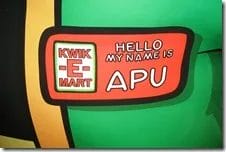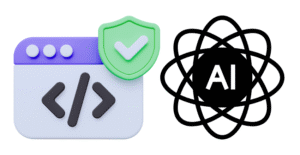In my first deep dive into a HTTP header on the user-agent header I said that I would try and produce a series of posts going under the covers on certain HTTP headers. This post is about the Vary header. The Vary header both wonderful and sad at the same time. I’ll discuss how to make it work […]
















